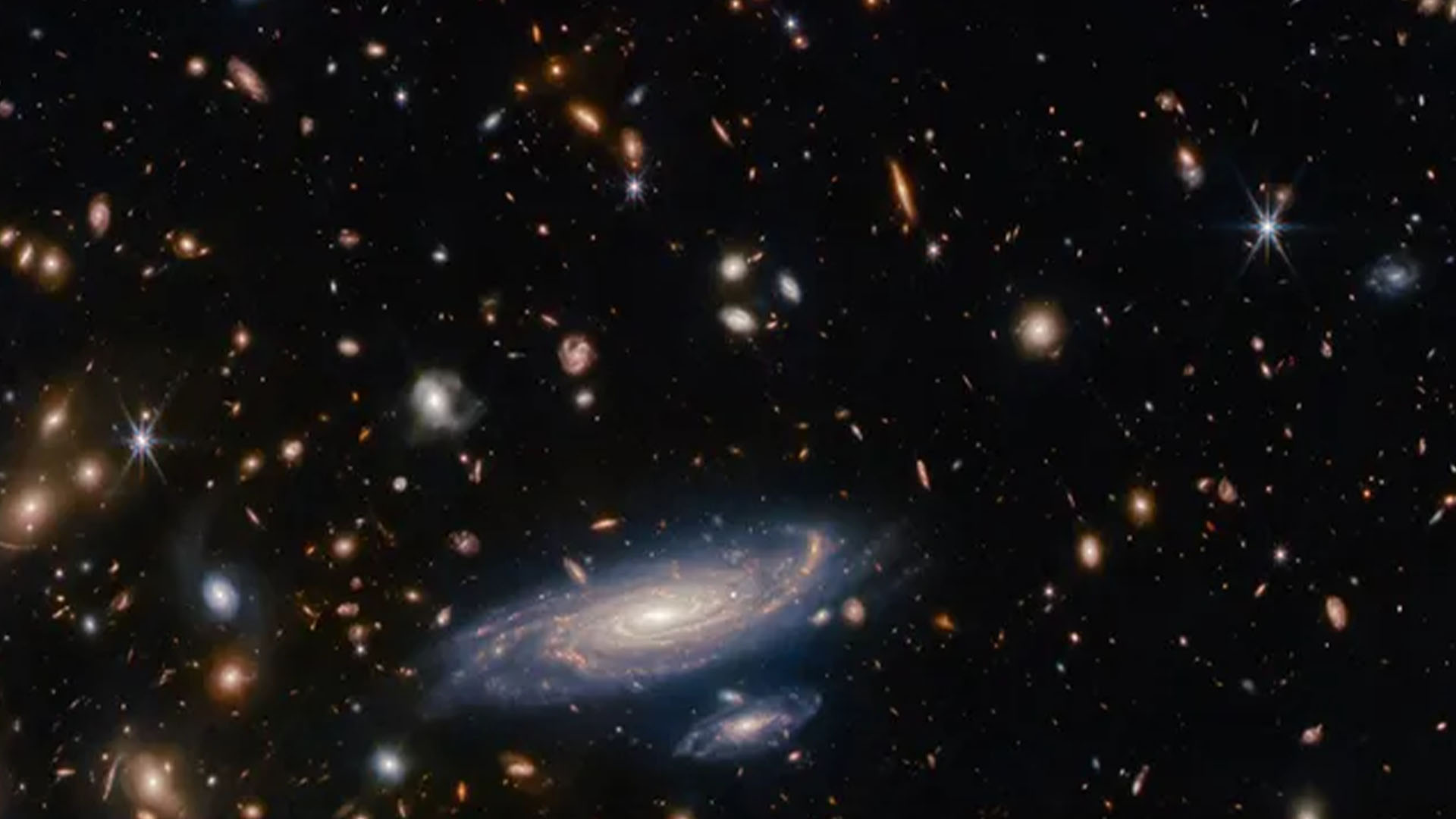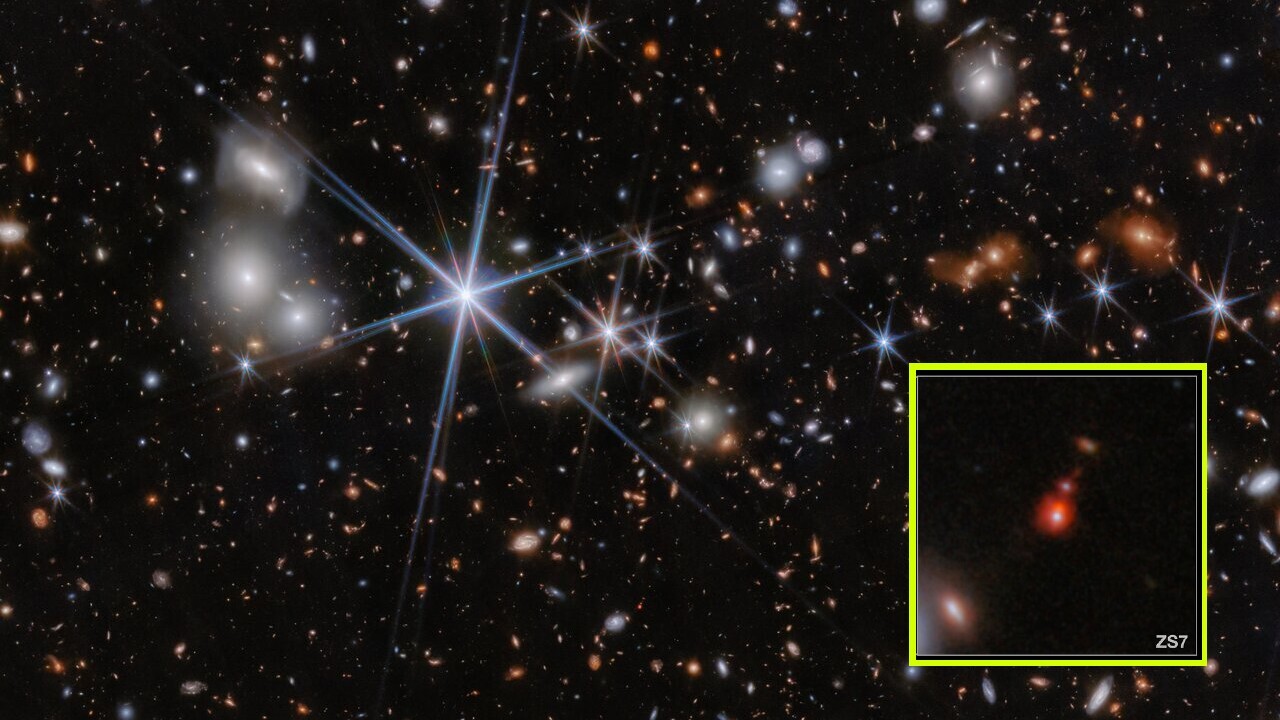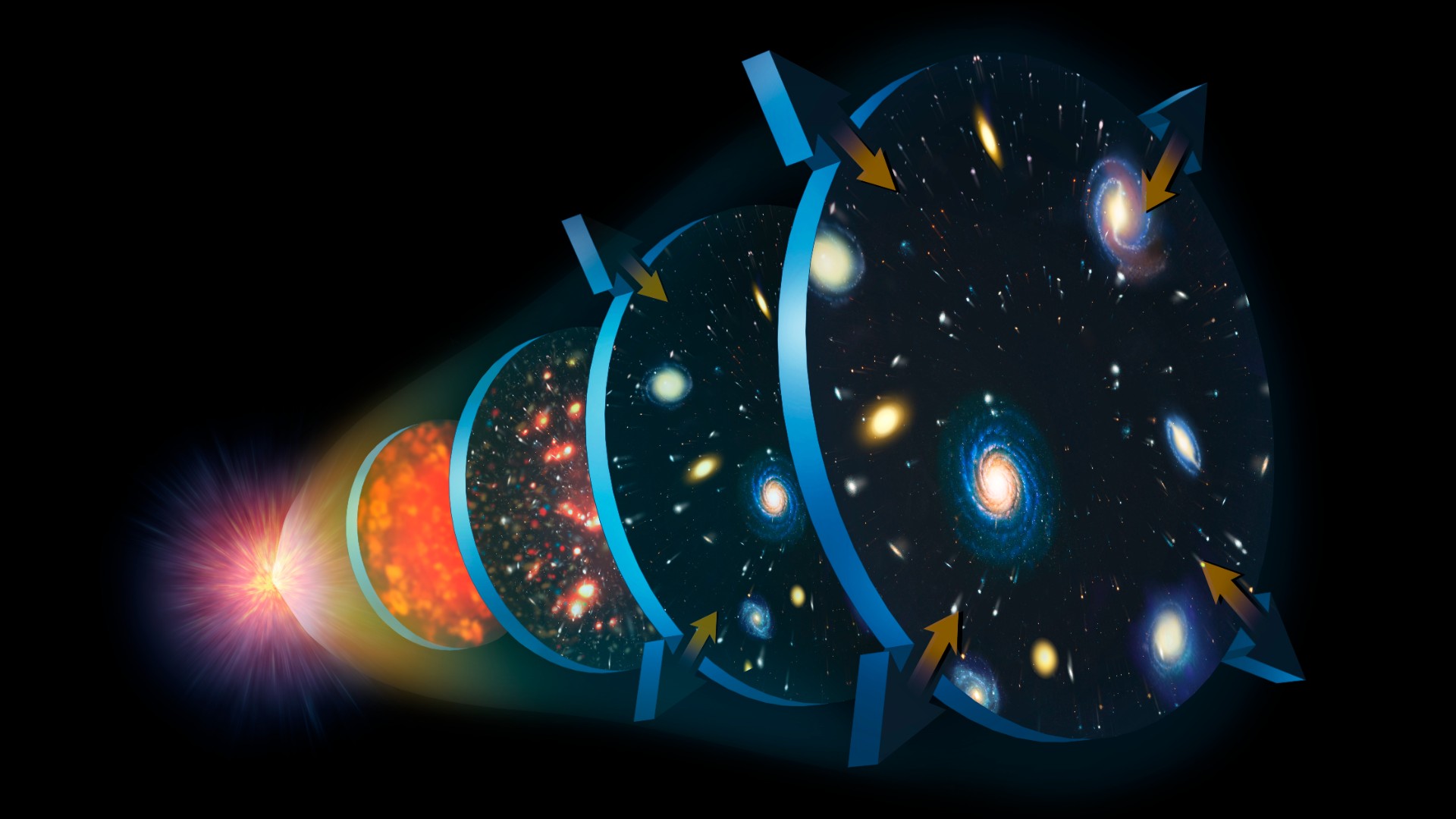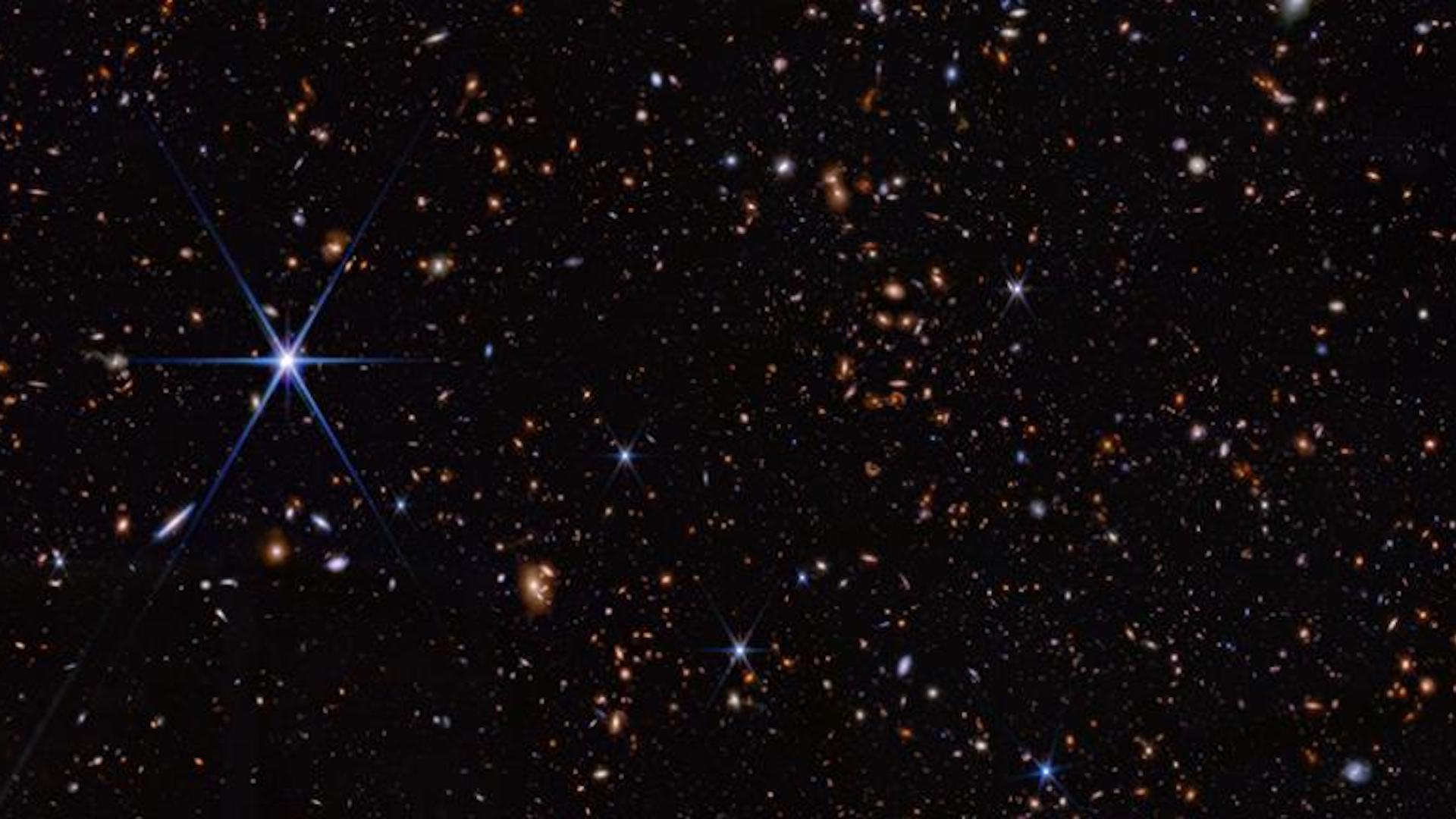Since its launch on Christmas Day, 2021, the James Webb Space Telescope has proven its worth year after year. 2024 is no exception. Here are just five times the ultrapowerful telescope has reshaped our understanding of the universe.
Big galaxies

The James Webb telescope was designed, in part, to hunt for the universe’s first galaxies. Those galaxies are so distant from us that the expansion of the cosmos has shifted their light into the redder, or infrared portion, of the electromagnetic spectrum.
Astronomers have used the observatory to find those ancient galaxies, and what they found, time and again, were galaxies that were larger and brighter than we expected them to be. What’s at stake here is our understanding of galaxy formation. The early universe appears to be a much more active place than we thought.
Galaxies appear and grow very quickly, within only a few hundred million years. Cosmologists don’t understand how the processes that grow galaxies could evolve so rapidly, and astronomers hope that future James Webb telescope observations will reveal the clues needed to solve that riddle.
Big black holes

JWST spotted some gigantic black holes this year. In May, astronomers witnessed two massive beasts, each weighing roughly 50 million times the mass of the sun, mid-collision when the cosmos was about 740 million years old.
Big black holes in the early universe are even harder to explain than big galaxies. That’s because the only known way black holes form is through the deaths of massive stars, which leave behind black holes weighing up to a few times the mass of the sun. From there, those tiny seeds have to consume surrounding material at an astounding rate, and merge quite frequently, to reach supermassive status at such an early cosmological age.
Astronomers don’t know what astrophysical processes can explain how these black holes got so big so early — but JWST could also help answer that question.
Hubble tension

In the past decade, cosmologists have lost sleep over a problem known as the Hubble tension. Different methods for estimating the present-day expansion rate of the universe, known as the Hubble rate or Hubble constant, are returning slightly different numbers.
The main difference is that measurements taken from the early universe are slightly larger than the measurements taken from the later universe. Astronomers have floated hundreds of proposals to resolve the tension, from mundane measurement errors to rewriting our understanding of dark energy.
At this time, there is no commonly accepted explanation for the tension. And this year, the James Webb telescope didn’t help after confirming that yes, Virginia, the Hubble tension is very real. So…thanks?
Carbon neutral

Life as we know it requires at least five key ingredients: hydrogen, oxygen, carbon, nitrogen and phosphorus. Take one away, and the basic biochemical processes that make life possible would cease. Hydrogen was forged in the first few minutes of the Big Bang. The rest can only be made in the hearts of stars. These ingredients only make their way into interstellar space — where they can participate in the forming of new stars and new solar systems — once those stars die.
A planet like Earth, rich enough in those elements to make life possible, is the product of multiple generations of stellar lives and deaths spanning billions of years. So it was a surprise when astronomers used the James Webb telescope to find a cloud of carbon that formed just 350 million years after the Big Bang.
This pushes the clock way back on when life could have first appeared in the cosmos. If a large amount of carbon was present in a cloud, then the other key ingredients were likely floating around as well. And all those elements could have fashioned a planet before the universe was even half a billion years old. We don’t know yet if life existed back then, but this discovery is a major clue that it was possible.
The First Generation

The James Webb telescope is an instrument of firsts: first galaxies, first black holes, first building blocks of life. But the real cosmic holy grail is to find the first stars. In the peculiar nomenclature of astronomy, the first generation of stars is known as Population III stars. No known Population III stars exist in the present-day universe, and astronomers suspect that no stars from that generation lived long.
Those stars would be much different than modern-day populations, which need heavier elements to moderate their fusion reactions. But the first generation had only primordial hydrogen and helium to work with. Those stars formed before even the first galaxies, and they introduced the cosmic dawn — the cosmos’s first starlight.
Finding the first stars would be monumental, and this year, astronomers may have done it. Researchers discovered subtle hints of Population III stars in the combined light from galaxy GN-z11, a galaxy living just 430 million years after the Big Bang. Even though this galaxy existed long after the appearance of the first stars, it may retain a remnant population of those ancient sparklers. The discovery is still tentative, but if it holds up, it may go down in history as the James Webb telescope’s most important discovery.
